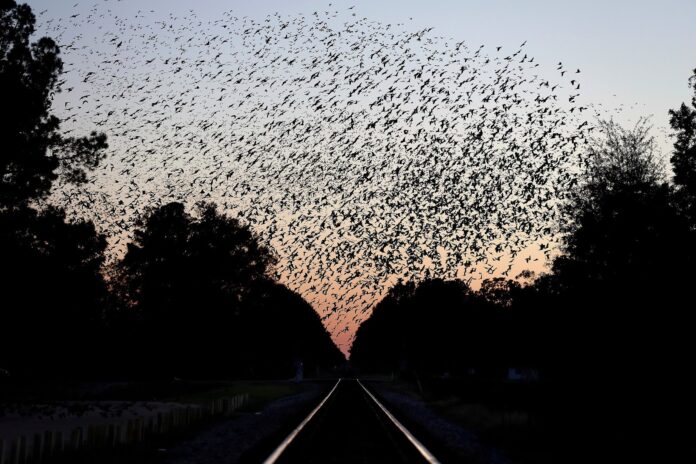Although it seems like we see and hear them every day, the bird population in North America is drastically decreasing—so much so that it has been dubbed a “full-blown crisis” by David Yarnold, chief executive of the National Audubon Society. Some numbers from the journal Science put things into perspective: The number of birds in the United States and Canada has fallen by 29 percent since 1970. What’s more, this equates to there being 2.9 billion fewer birds now than compared to 50 years ago.
This problem has been acknowledged in the past—the California Condor is considered one of the most expensive species projects, costing about $35 million, and yet the condor is still categorized as Critically Endangered by the IUCN Red List. And despite being driven nearly to extinction in the early 20th century, Trumpeter Swans are still affected by overhunting, habitat loss, and pesticides. The Whooping Crane is also another victim of human disturbance, and even after conservation efforts, it has only experienced limited recovery.
Even birds that are known to be common and prevalent are experiencing population declines, such as sparrows and robins. They play an integral role in ecosystems, such as distributing seeds and controlling pests. Disappearance of these birds often results in a negative effect in the surrounding environment. Hillary Young, a conservation biologist at the University of California, stated that, “Declines in your common sparrow or other little brown bird may not receive the same attention as historic losses of bald eagles or sandhill cranes, but they are going to have much more of an impact.” The diminishing numbers of some bird families are shocking; warblers have dropped by 617 million and blackbirds by 440 million.
Birds play a critical role in the food chain as predators, prey and scavengers. We cannot downplay nor take for granted their importance to the environment. Conservation efforts must also consider how human involvement in the rearing of chicks will affect the psychological development of baby birds. Conservation shouldn’t just be a mechanism to relieve humans of guilt—steps must be taken to restore the habitat of these birds and spread awareness of this growing environmental crisis.

